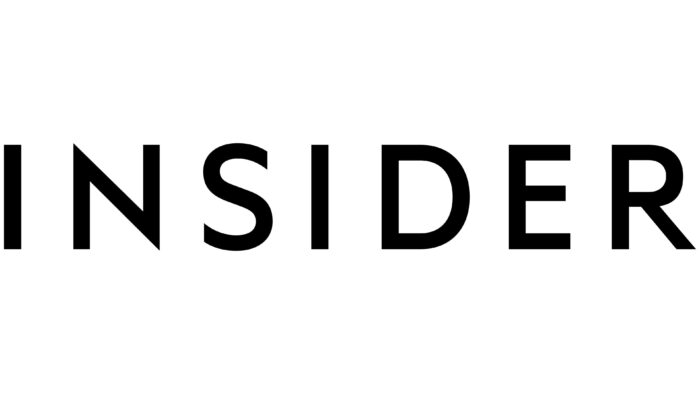The portal is in a hurry to follow scientific discoveries and new steps in the development of technology. The Business Insider logo tells about the publication, where everything is focused on important technical and financial topics. The logo promises that the articles are written in simple, understandable language.
Business Insider: Brand overview
| Founded: | 2007 |
| Founder: | Axel Springer SE |
| Headquarters: | New York City, New York, U.S. |
| Website: | businessinsider.com |
Meaning and History
Online media Business Insider was launched in 2007 by three people: Kevin Ryan, Dwight Merriman, and Henry Blodget. Two advertising executives teamed up with an influential business analyst with the sole purpose of creating a blog that would publish business news. They succeeded, and their startup has grown into a reputable brand with several international titles over time.
In 2017, the media company received a new name – Insider Inc. The name change allowed her to go beyond the business and expand her outreach to other topics. And in 2021, the Business Insider trademark was integrated into the parent company’s branding. It is worth noting that the organization changed its name quite often, and each time it needed a new logo.
2007 – 2009
Silicon Valley Insider was one of the blogs that contributed to the creation of Business Insider. He used a logo with his name divided into three lines. The simple sans-serif typeface and standard letterform indicated the seriousness of the project. The inscription was presented in dark turquoise color.
2009 – 2011
The 2009 visual symbol contained the inscription “THE BUSINESS INSIDER,” with each word on its line. The color has not changed, which cannot be said about the font. The designers made all the letters capitalized but slightly enlarged the first “T,” “B,” and “I.” At the ends of each sign were thin, even serifs.
2011 – 2017
After the rebranding, the article disappeared from both the portal’s name and the logo. There were no other changes.
2017 – 2021
In 2017, the inscription became more modern: the developers made it black, removed the serifs, and evened out all the strokes in thickness. In this form, the word mark existed until 2021, when the brand was fully integrated into its parent company, Insider Inc.
2021 – today
“Business Insider” has simplified its name. Now it’s just “Insiders.” The Business Insider logo is a wordmark in a sans-serif typeface. The name of the news portal is divided into two lines, centered. Both parts are equal in height. All letters are in uppercase and consist of lines of the same thickness. Most of the corners are straight, but some of the ‘S,’ ‘N’ and ‘R’ edges are pointed, giving the lettering a visual dynamic. However, the angularity is balanced by rounded glyphs that create an attractive contrast.
Font and Colors
Business Insider didn’t have a single monogram or abstract figure graphic. The media portal has always used its name for identification, written in a strict font. Moreover, if the design changed, it is not significant: the developers kept the line-by-line arrangement of words each time. This reflected the stability of the news site its serious attitude towards the published content and readers. The logo embodied the brand’s business approach to covering events in the world of finance and business.
The old Business Insider wordmarks used before 2017 were created using Trajan Pro Bold. This elegant yet strong serif typeface was designed by two Adobe Systems Incorporated employees, Carol Twombly and Robert Slimbach. The brand later switched to a different typography system. It began to be represented by a low-contrast grotesque, vaguely similar to Brother 1816 Medium from TipoType. At the same time, the capital “R” looked like a similar letter from TypeMates’ Cera Medium. The color scheme has also evolved, moving from deep turquoise to black.
Business Insider color codes
| Black | Hex color: | #000000 |
|---|---|---|
| RGB: | 0 0 0 | |
| CMYK: | 0 0 0 100 | |
| Pantone: | PMS Process Black C |










